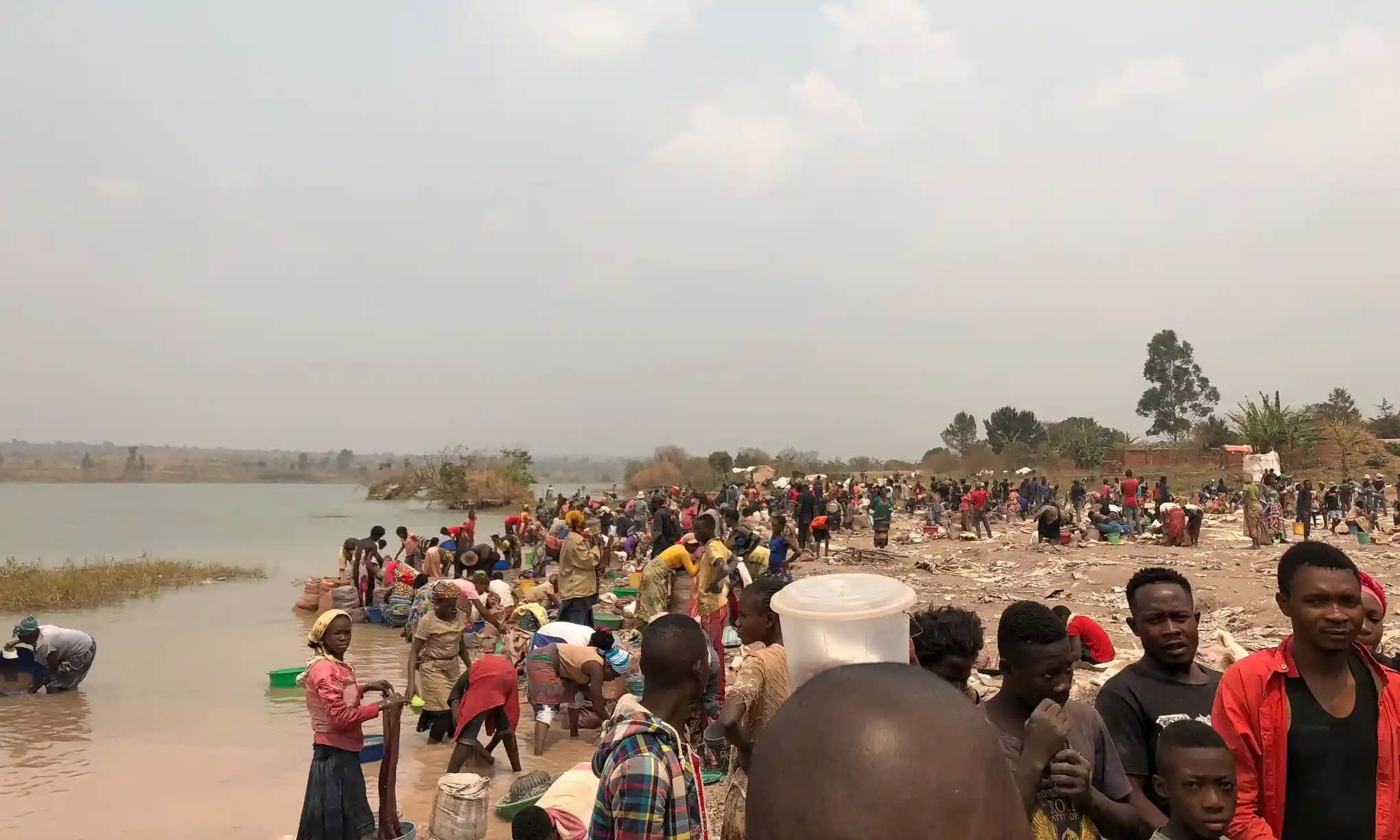
Is your phone tainted by the misery of the 35,000 children in Congo’s mines?
Until recently, I knew cobalt only as a colour. Falling somewhere between the ocean and the sky, cobalt blue has been prized by artists from the Ming dynasty in China to the masters of French Impressionism. But there is another kind of cobalt, an industrial form that is not cherished for its complexion on a palette, but for its ubiquity across modern life.
This cobalt is found in every lithium-ion rechargeable battery on the planet – from smartphones to tablets to laptops to electric vehicles. It is also used to fashion superalloys to manufacture jet engines, gas turbines and magnetic steel. You cannot send an email, check social media, drive an electric car or fly home for the holidays without using this cobalt. As I learned on a recent research trip to the Democratic Republic of the Congo, this cobalt is not awash in cerulean hues. Instead, it is smeared in misery and blood.
Elodie is 15. Her two-month-old son is wrapped tightly in a frayed cloth around her back. He inhales potentially lethal mineral dust every time he takes a breath. Toxicity assaults at every turn; earth and water are contaminated with industrial runoff, and the air is brown with noxious haze. Elodie is on her own here, orphaned by cobalt mines that took both her parents. She spends the entire day bent over, digging with a small shovel to gather enough cobalt-containing heterogenite stone to rinse at nearby Lake Malo to fill one sack. It will take her an entire day to do so, after which Chinese traders will pay her about $0.65 (50p). Hopeless though it may be, it is her and her child’s only means of survival.
More than 60% of the world’s supply of cobalt is mined in the “copper belt” of the south-eastern provinces of DRC. According to the government agency charged with oversight of the informal or “artisanal” mining sector, at least 20% of this supply is mined by locals like Elodie, called creuseurs. The remainder is produced by industrial mines that are typically operated by foreign companies following the collapse of the state-owned mining concern, Gécamines.
Across the south-eastern provinces, I observed that Chinese companies run many of the industrial mines in the region. The Chinese also appear to run most of the “buying houses” that purchase cobalt from children like Elodie. Every one of the 23 buying houses I documented in detail were operated by the Chinese, and I must have seen a hundred more with Chinese traders inside.
